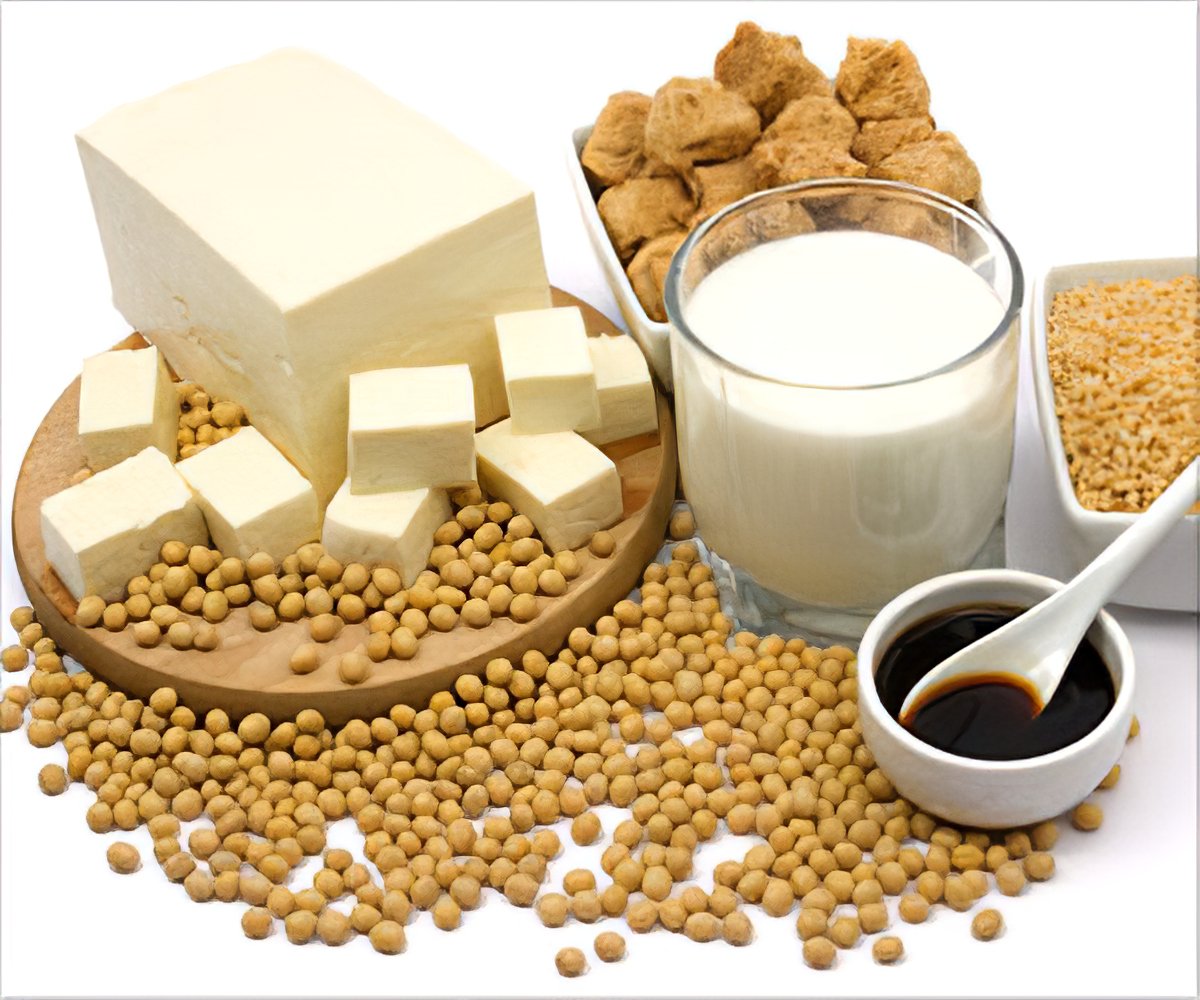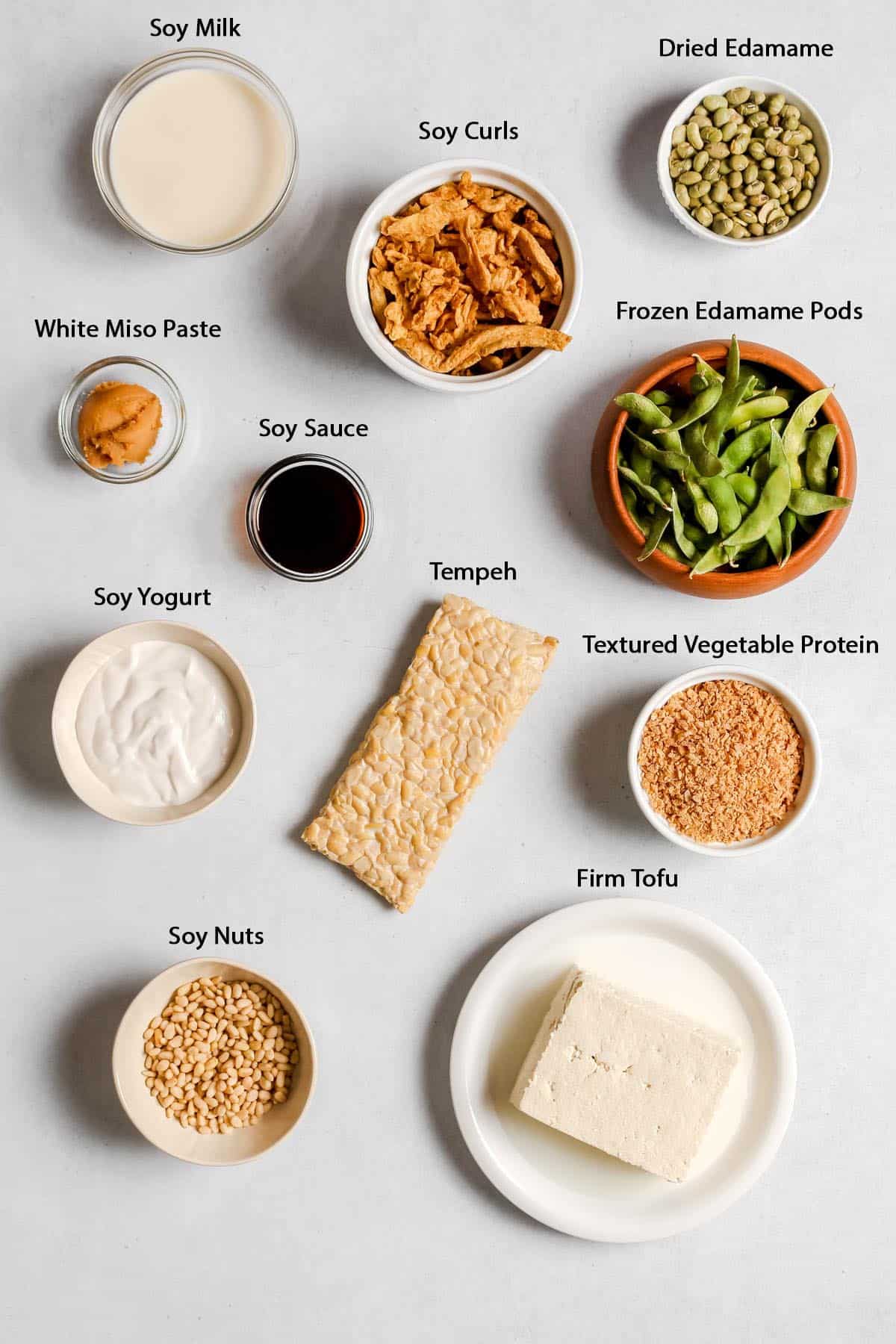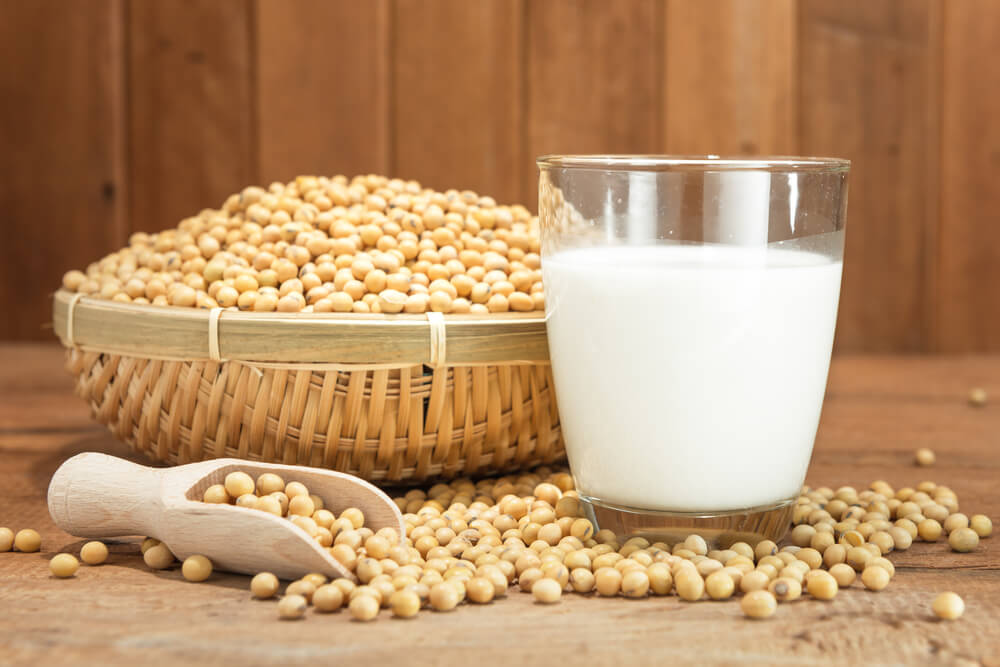📖 Article Content 📖
It seems there's a lot of chatter these days about what we put on our plates, and for some reason, the humble soybean often finds itself right in the middle of these conversations. This little legume, which comes from East Asia, has been a staple food for a very, very long time, and you know, it's grown all over the place now, especially in parts of America. People eat it in so many different ways, and it shows up in all sorts of foods that might surprise you.
Yet, for all its widespread use and how much it's part of what we eat, soy has, in a way, picked up a bit of a tricky reputation over the years. You might have heard whispers or even outright claims that it's somehow not good for you, or that it might mess with your body in ways you don't want. It's almost like there's this persistent cloud of doubt hanging over it, even though, as a matter of fact, a lot of the science we have now points to soy being pretty safe and even quite helpful for your well-being.
So, what's really going on with soy? Why all the worry, and what does the actual information tell us about this widely available plant food? We're going to take a closer look at what soy actually is, what it brings to the table in terms of good stuff for your body, and try to clear up some of those lingering questions that people seem to have. Basically, we'll talk about how this simple bean might just be a good addition to almost anyone's eating plan.
Table of Contents
- What Exactly Is Soy, Anyway?
- Where Does This Plant Food Come From and Why Is It So Common?
- What Makes Soy a Good Choice for Your Plate?
- Does Soy Really Help Your Body Stay Well?
- What About the Talk Around Soy and Health?
- Is There a Link Between Soy and the 'Soy Leftoid Phenotype' in Diet?
- How Can Soy Fit Into Your Daily Meals?
- What Forms of Soy Might Be Found in a 'Soy Leftoid Phenotype' Eating Pattern?
What Exactly Is Soy, Anyway?
Well, you know, when we talk about soy, we're really talking about the soybean, which is a type of legume. It's kind of like a pea or a bean, but this one has its roots, so to speak, in East Asia. For thousands of years, people in that part of the world have been growing and eating this particular plant. It's been a truly central part of their food traditions, used in so many different dishes and preparations. You see, it's not just a casual crop; it's a very important one for feeding a lot of people.
Apparently, the soybean is considered the most grown legume across the whole wide world. That's a pretty big deal, right? It means that a lot of farmers put their efforts into cultivating it, and it ends up on plates in countless homes every single day. This widespread presence isn't just by chance; it's because this little bean offers a lot of useful things, both for the soil it grows in and for the people who eat it. It's a pretty versatile plant, you know, and that's one of the reasons it's become such a global food source.
Where Does This Plant Food Come From and Why Is It So Common?
As I was saying, the soybean originally hails from East Asia, places like China, Japan, and Korea, where it's been a key part of eating for ages. But over time, its appeal spread, and now you find huge fields of it, especially in the American Midwest. It's pretty much a staple food all around the globe, and that's because it's so adaptable. It grows well in different climates, and it gives us a lot of food from a relatively small amount of land.
- Captain Underpants Kids Walking Into School
- Whitney Rsv Video
- Layla Jenner Podcast
- Girl Singing Moana On Plane
- You Know U A Bad Bih
The sheer amount of soy grown means it forms the base for a truly countless number of food items. You might not even realize how many things you eat every day have some form of soy in them. From the obvious stuff like tofu and soy milk to things you might not think about, like certain sauces or even ingredients in baked goods, soy is just about everywhere. It's really a testament to how useful this plant is, and how many different ways we've found to use it to feed ourselves and, you know, make our meals more interesting.
What Makes Soy a Good Choice for Your Plate?
So, when you look at what soy brings to your plate, it's actually packed with a lot of good stuff. It's not just a filler; it's a powerhouse of nutrients. One of the main reasons people talk about soy is its protein content. It's considered a complete protein, which basically means it has all those tiny little building blocks, called amino acids, that your body needs but can't make on its own. You know, your body really relies on getting these from the foods you eat, and soy delivers them all in one go.
Beyond the protein, soy also contains a bunch of other helpful bits from plants, things that might provide some real advantages for your health. These aren't just empty calories; they're compounds that work with your body's systems. For instance, it's often talked about how soy might play a role in helping your heart stay in good shape, or how it could support the strength of your bones as you get older. It's pretty interesting, really, how one plant can offer so many different kinds of support for your body's well-being.
Does Soy Really Help Your Body Stay Well?
Yes, actually, a lot of the current information suggests that soy can indeed be quite helpful for your body. For one thing, it's been looked at for its potential to help with heart health. Some people find that including soy in their eating plan helps them keep their cardiovascular system in good working order. It's not a magic bullet, of course, but it seems to contribute to a generally healthy heart, which is something many of us are looking for, right?
Then there's the talk about women's health, particularly around menopause. Some women find that eating soy can help make those symptoms a little less bothersome, which is pretty significant if you think about it. And it's also been studied in connection with a lower chance of getting certain kinds of unwanted cell growths. These are all pretty big claims, and while research is always ongoing, the general direction of the findings seems to be pretty positive for soy's role in supporting your body's overall health and defenses.
What About the Talk Around Soy and Health?
Despite all these potential advantages, soy has, for some reason, gotten a bit of a bad rap over the years. You'll hear people say things, you know, that might make you wonder if it's truly safe to eat. This kind of talk seems to stick around, even though, as a matter of fact, science has pretty much shown that soy is safe and can even be quite good for you. It's like some old stories just refuse to go away, even when new information comes along.
So, why all these worries? A lot of it stems from older ideas or misunderstandings that just sort of spread. For example, there were concerns about soy causing breast cancer or messing with your body's natural chemicals. But, you know, studies have really looked into these things, and they've shown that eating soy won't actually cause breast cancer or throw your hormones out of whack. It's important to remember that the current scientific view is that these fears are, for the most part, not supported by solid evidence.
Is There a Link Between Soy and the 'Soy Leftoid Phenotype' in Diet?
When discussions come up about dietary choices, sometimes the phrase 'soy leftoid phenotype' gets mentioned, particularly in relation to certain eating patterns. It's worth noting that the core information about soy itself remains constant, regardless of who is eating it or why. Soy, as a plant food, offers its specific set of nutrients and benefits to anyone who includes it in their meals. It doesn't change its properties based on, you know, a particular group or lifestyle.
So, if someone is talking about a diet that might be associated with this 'soy leftoid phenotype' idea, they are likely referring to an eating style that includes plant-based foods, and soy often features prominently in such diets. The link, if you want to call it that, is more about the presence of soy within certain eating habits rather than soy itself causing any specific 'phenotype.' It's really just a food, like any other, that people choose to eat for various reasons, be it health, ethics, or taste.
How Can Soy Fit Into Your Daily Meals?
Honestly, soy doesn't have to be something only for people who follow a vegan or vegetarian way of eating. It's a fantastic source of protein and other good things for pretty much everyone. You know, you can really learn about the different ways this plant food can give your body a boost, and then figure out how to put it into your own meals. It's more versatile than you might think, and there are so many forms of it available now that it's easier than ever to try.
For example, soy milk is a very popular option. It's got a good amount of protein and, you know, not a lot of that kind of fat that you might want to limit. It's a truly good stand-in for regular milk, especially for folks who don't eat animal products or who have trouble with dairy. It's just one simple way to get some soy into your day, and it tastes pretty good in a smoothie or with your cereal, too.
What Forms of Soy Might Be Found in a 'Soy Leftoid Phenotype' Eating Pattern?
When we consider the types of soy foods that might be part of an eating pattern sometimes linked to the 'soy leftoid phenotype' discussion, the list is actually quite long and varied. It's not just one thing; there's a whole array of products made from this versatile bean. Common items include things like soy sauce, which is a kitchen staple for many, and of course, soy milk, as we just talked about.
Then there's tofu, which is basically curdled soy milk pressed into blocks, and it can take on the flavors of whatever you cook it with. Miso, a fermented soy paste, adds a really deep, savory taste to soups and dressings. You also have soy meal and soy flour, which are used in baking and other food preparations. And for those looking for meat alternatives, there's textured vegetable protein (TVP), soy curls, and tempeh, which is another fermented soy product with a nutty, earthy flavor. Basically, there are just so many ways to enjoy soy, you know, no matter what your usual eating habits might be.
This article has explored the soybean, its origins in East Asia, and its widespread cultivation. We've looked at how soy provides essential amino acids and other beneficial plant compounds, potentially supporting heart health, bone strength, and even helping with menopause symptoms. The piece also addressed common concerns about soy, clarifying that scientific studies do not support claims of it causing breast cancer or hormonal imbalances. Finally, we discussed the many ways soy can be included in various diets, from soy milk to tofu and tempeh, and touched upon how these forms might appear in eating patterns sometimes associated with the 'soy leftoid phenotype' discussion, emphasizing soy's general nutritional value.



